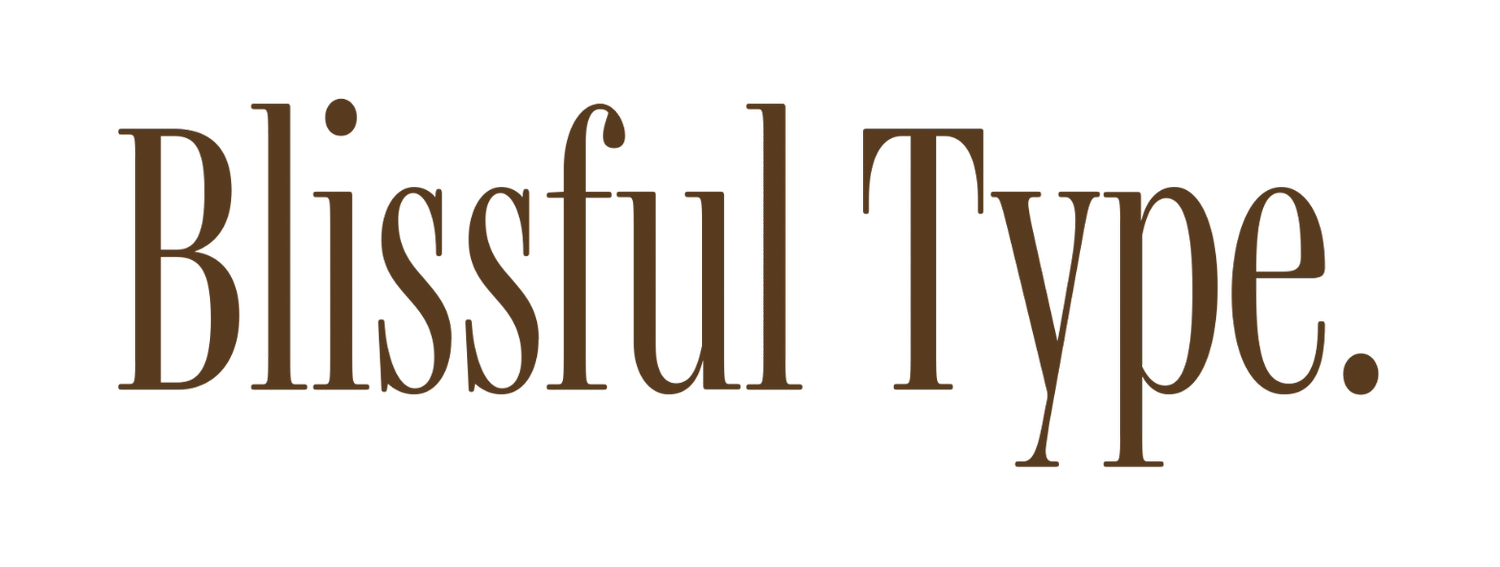Stop Winging It: How to Set Goals That Actually Get Done
Let’s be honest: goal setting sounds amazing in theory. You get your favorite pen, crack open a shiny new planner, and write down all the big things you’re going to accomplish this year. Fast forward three weeks, and… crickets. You’ve forgotten about half those goals, and the other half feel as distant as winning the lottery.
Sound familiar? Don’t worry—you’re not failing at life. You’re just stuck in the same rut as the rest of us: setting goals without a proper plan to back them up.
But here’s the good news: you don’t have to stay stuck. With a little intention, the right tools, and some cheeky motivation, you can set goals that actually get done. Let’s break it down, step by step, into a guide so practical, you’ll wonder how you ever survived without it.
Step 1: Why Your Goals Suck (And How to Fix Them)
Let’s call it out: most goals fail because they’re too vague.
“I want to get fit.”
“I want to save money.”
“I want to be happier.”
Great ideas, sure. But they’re about as actionable as saying you want to fly to Mars. Your goals need clarity, direction, and a sprinkle of realism.
Enter: The SMART Method
You’ve probably heard of SMART goals before, but have you ever actually used the framework? Here’s a refresher:
Specific: What exactly do you want to achieve?
Measurable: How will you know you’ve succeeded?
Achievable: Is this realistic for you right now?
Relevant: Does this matter to your life goals?
Time-bound: When are you going to make it happen?
Example: Instead of “get fit,” try this:
“I’ll work out three times a week for 30 minutes and aim to lose 5 pounds by the end of March.”
See the difference? It’s clear, measurable, and has a deadline.
Step 2: The Framework That Changes Everything
Now that your goals are SMART, let’s talk about turning them into reality. A goal setting framework helps you take those shiny new goals and break them down into manageable steps.
Here’s one I love (and yes, it’s as simple as it sounds):
Dream It: Start with your big-picture vision. What’s the ultimate goal?
Chunk It: Break that big goal into smaller, actionable pieces.
Plan It: Schedule those steps into your calendar or goal setting planner.
Do It: Take action, even if it’s messy. Done is better than perfect.
Review It: Regularly check in to see what’s working and what needs tweaking.
For example, let’s say your goal is to write a book this year.
Dream It: Publish your novel.
Chunk It: Write one chapter a month.
Plan It: Set aside two hours every Sunday for writing.
Do It: Start typing, even if the first draft is awful.
Review It: Check in monthly to see if you’re on track.
Step 3: Make It Fun (Yes, Really)
Here’s the thing: goals don’t have to feel like a chore. If the process is fun, you’re more likely to stick with it.
Motivation Hacks:
Visualise the win: Create a vision board that screams, “This is why I’m doing this!” Pin it somewhere you’ll see every day.
Treat yourself: Celebrate your wins, big or small. Hit a milestone? Reward yourself with a coffee, a new book, or a Netflix binge.
Find your why: Connect your goals to something that truly matters. “Save money” is boring. “Save for a dream vacation” is exciting.
Goal setting quotes can also be surprisingly motivating. Here’s one to slap on your mirror:
"Success is the sum of small efforts, repeated day in and day out."
Step 4: Get Personal With Your Goals
Not sure what kind of goals to set? Here are some personal goal setting examples to inspire you:
Health: Run a 5K in six months.
Career: Nail a promotion by improving [specific skill].
Self-Care: Start journaling 10 minutes daily with a goal setting journal.
Finance: Save $500 in three months by cutting back on takeout.
Notice how these examples are all specific, measurable, and tied to a timeframe? That’s no accident—it’s the secret to success.
Step 5: Plan Like a Pro
Here’s where most people trip up: goal setting without planning is like trying to bake a cake without a recipe. You’ll probably end up with a mess.
How to Create a Foolproof Plan:
Write It Down: Put your goals in a goal setting planner or journal.
Break It Down: List every step you need to take to achieve your goal.
Schedule It: Block time in your calendar for those steps.
Track It: Use a goal setting worksheet or app to monitor your progress.
Pro Tip: Don’t overthink it. Your plan doesn’t need to be perfect—it just needs to get you started.
Step 6: Use Tools You’ll Actually Stick With
There’s no shortage of tools to help you with goal setting, but not all of them are created equal. The trick is finding ones that fit your life.
Must-Have Tools:
A goal setting journal for reflection and brainstorming.
A goal setting planner to keep your deadlines and to-dos organized.
Apps like Trello, Notion, or Asana for digital tracking.
A whiteboard or corkboard for visual goal mapping.
The key? Actually use them. (Looking at you, untouched planner from last January.)
Step 7: Review, Adjust, and Celebrate
Setting goals is just the beginning. The real magic happens when you consistently check in with them. This is where goal setting theory comes into play: it’s all about learning what works and adjusting as you go.
Weekly Check-In Questions:
What did I accomplish this week?
What challenges did I face?
What can I adjust to make next week better?
And don’t forget to celebrate your wins. Progress deserves a party, no matter how small.
Bonus: Goal Setting Formats That Work
There’s no one-size-fits-all format for goal setting, but here are a few to try:
Mind Maps: Great for brainstorming and visualising.
Bullet Journals: Perfect for the creative types.
Habit Trackers: Keep tabs on daily actions that move you closer to your goal.
Final Thoughts
Here’s the thing about goal setting: it’s not just about ticking boxes or looking productive. It’s about creating a life you love, one intentional step at a time.
So stop winging it. Take the time to dream, plan, and do. Use the tools, frameworks, and cheeky tips from this guide, and watch how your goals stop being wishes and start becoming wins.
Now grab your journal, write down that first goal, and get to work—you’ve got this.



